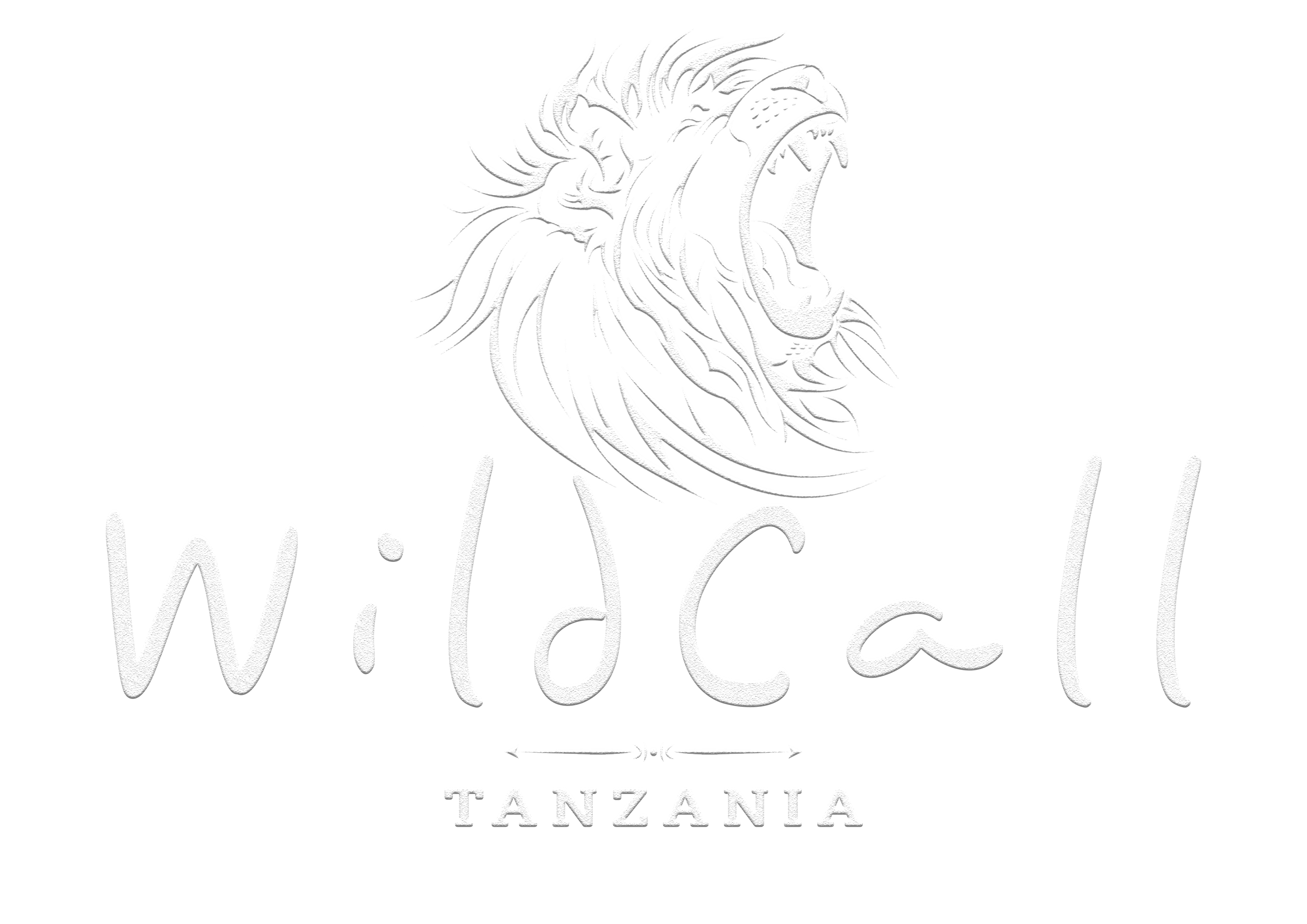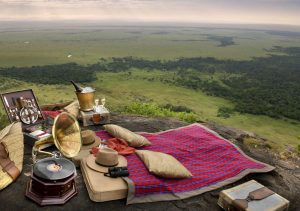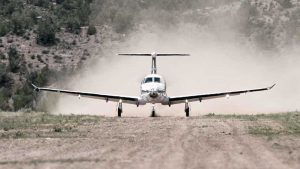Tanzania offers a unique and diverse safari experience, perfect for wildlife lovers and adventurers alike. From the famed Serengeti and the stunning Ngorongoro Crater to the majestic Mount Kilimanjaro and off-the-beaten-path parks like Ruaha and Nyerere, the options are endless. Witness the awe-inspiring Great Migration, where wildebeests and zebras traverse the plains, or relax on Zanzibar’s pristine beaches while immersing in Swahili culture. Accommodations range from eco-friendly lodges to luxury camps, ensuring comfort and sustainability. With expert guides and exclusive locations like the Lamai Triangle for river crossings, a safari in Tanzania promises unparalleled adventure and lasting memories.
Best Months to Visit Tanzania
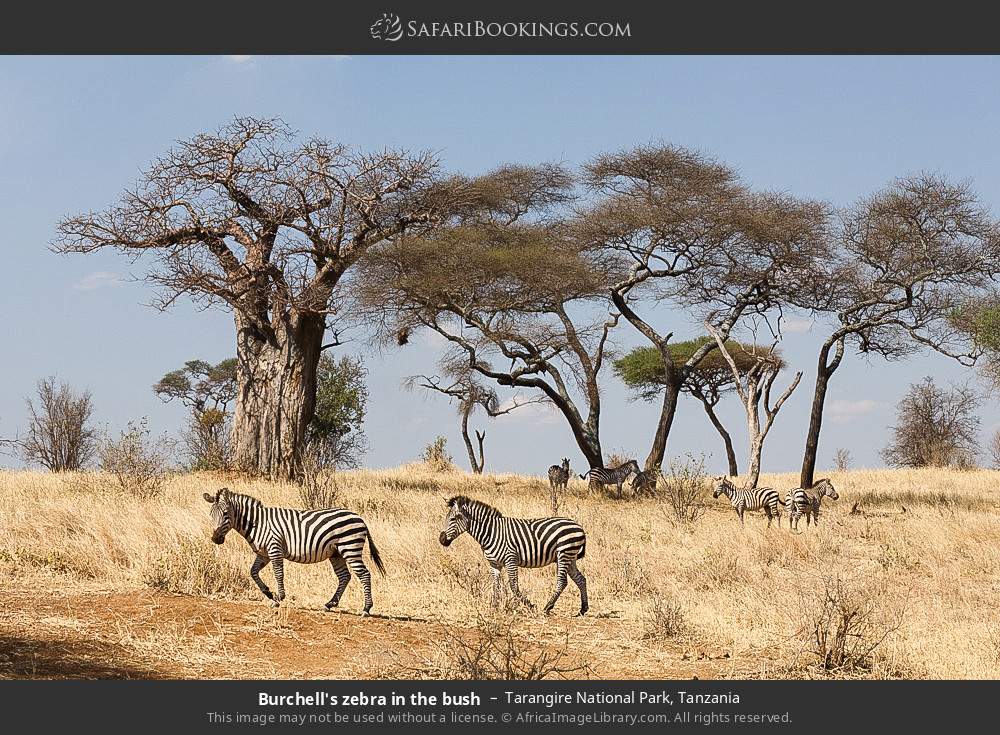
Credits: safaribookings.com
The dry season, from June to October, is considered the best time to visit Tanzania for a safari. The weather is pleasant, with sunny days and cooler nights, making it comfortable for game drives. During this period, the vegetation is sparse, and animals tend to congregate around water sources, making them easier to spot. The Great Migration of wildebeest and zebras in the Serengeti is one of the highlights of the dry season, usually peaking around July and August.
The wet season in Tanzania lasts from November to May and is divided into the short rains (November to December) and the long rains (March to May). While the landscape becomes lush and green, the rainfall can make some roads difficult to navigate. However, this season offers its own unique advantages. Visitor numbers are lower, leading to fewer crowds at popular sites. Predators, in particular, take advantage of the abundance of young prey born during this time. Birdwatchers will also find this to be a great period to visit, as migratory birds arrive in large numbers.
For the best wildlife viewing experience, timing your visit during the dry season is ideal. Game viewing is at its peak from June to October when animals are more concentrated near waterholes. The Serengeti’s Great Migration, where millions of wildebeest, zebras, and gazelles trek across the plains, occurs during these months. This spectacle is one of nature’s most remarkable events and a major draw for many visitors. The dry season also offers clear skies and excellent photographic opportunities, making it a favourite among photographers and nature enthusiasts.
| Month | Season | Highlights |
|---|---|---|
| January | Wet Season | Bird watching, Green scenery |
| February | Wet Season | Calving season in Serengeti |
| March | Wet Season | Blend of wildlife and lush landscapes |
| April | Wet Season | Fewer crowds, budget travel |
| May | Wet Season | Transition period, less predictable weather |
| June | Dry Season | Start of the dry season, prime game viewing |
| July | Dry Season | Great Migration in Serengeti, Ngorongoro Crater viewing |
| August | Dry Season | Peak season for wildlife, optimal viewing conditions |
| September | Dry Season | Continuation of the Great Migration, fewer tourists compared to July and August |
| October | Dry Season | End of dry season, increased wildlife activity |
| November | Wet Season | Short rains, migratory birds arrive |
| December | Wet Season | Lush landscapes, bird watching |
Wildlife Highlights in Tanzania
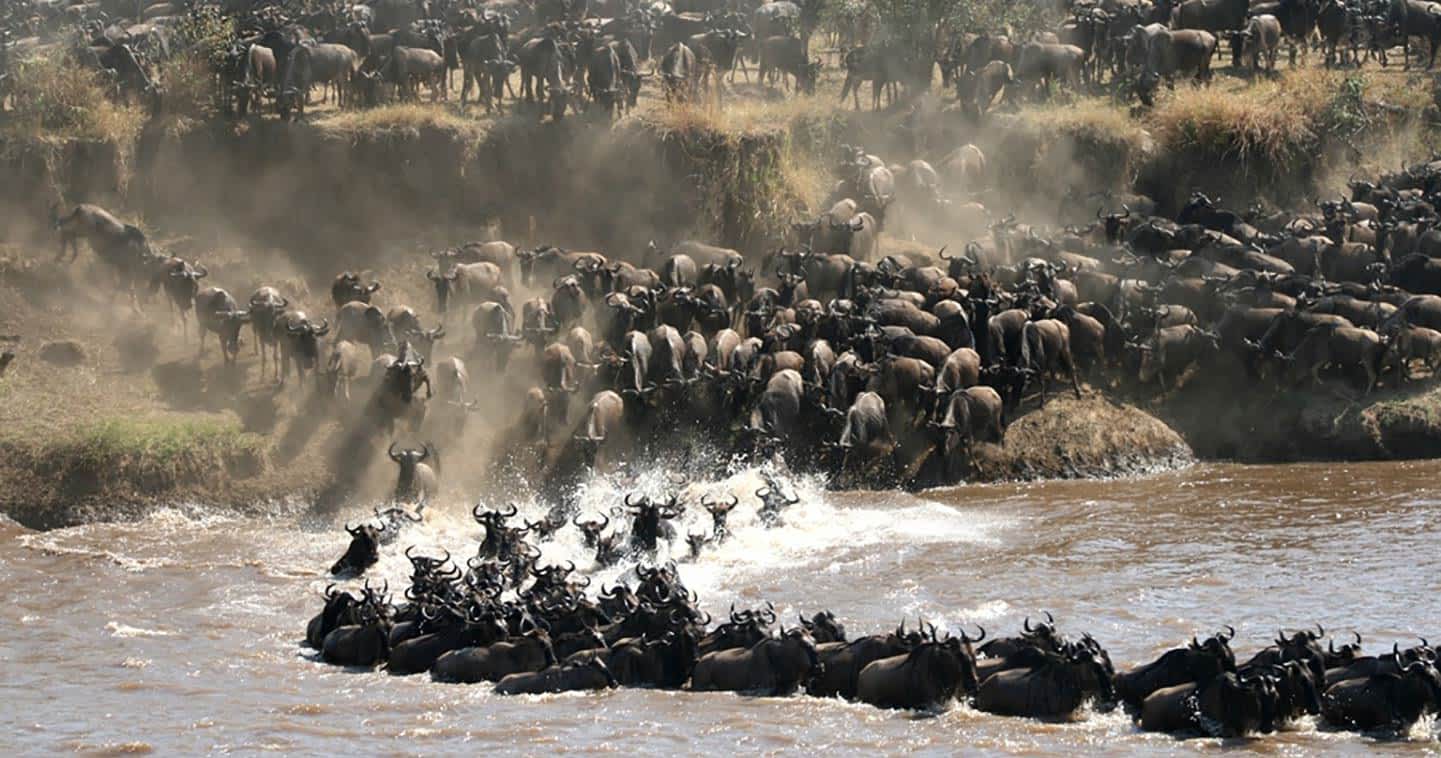
Credits: serengeti.com
The Great Migration in Serengeti is an epic event in Tanzania‘s safari calendar. Every year, millions of wildebeest, zebras, and gazelles traverse the Serengeti in search of greener pastures. This grand spectacle occurs between July and October, when the herds make their way to the Mara River. This incredible journey is not only about the migration; it also attracts predators like lions, cheetahs, and crocodiles, creating thrilling wildlife encounters for visitors.
The Big Five in Ngorongoro Crater offer another unforgettable experience. The crater, a UNESCO World Heritage site, is one of the best places in Africa to see all five of these iconic animals: lions, elephants, buffalos, leopards, and rhinos. The crater floor’s diverse landscape, which includes forests, swamps, and grasslands, provides a rich habitat for these animals. Early morning and late afternoon game drives are particularly rewarding for spotting these majestic creatures.
For those seeking rare encounters, the Southern Parks of Tanzania are ideal. Parks like Ruaha and Selous are less visited compared to the northern circuit, providing a more intimate safari experience. In these remote areas, you may encounter rarer species such as wild dogs, sable antelopes, and greater kudus. The Southern Parks also offer unique activities like walking safaris and boat safaris, providing different perspectives on the diverse wildlife.
Top Safari Accommodations

Credits: artofsafari.travel
For a luxury safari experience in Tanzania, the Serengeti tops the list with its high-end lodges. The Four Seasons Safari Lodge is one popular choice, offering spacious rooms with private balconies that let you enjoy stunning views of wildlife right from your room. Another noteworthy lodge is the Serengeti Bushtops Camp, which offers tented accommodations that provide an upscale blend of comfort and adventure, complete with hot tubs and gourmet dining under the stars.
In Ruaha, exclusive camps like the Jabali Ridge offer a secluded and intimate experience. This camp provides luxury in the heart of the wilderness with its infinity pool and spa treatments. The Kwihala Camp also stands out, providing a more mobile and flexible luxury experience with personalized game drives and private dinners. The emphasis in Ruaha is on experiencing the untamed, less crowded side of Tanzania without sacrificing comfort.
Zanzibar offers a different type of luxury retreat with its stunning beach resorts. The Baraza Resort & Spa is one of the top choices, featuring private villas with plunge pools and a full-service spa. Another exceptional option is The Residence Zanzibar, which offers a perfect blend of Swahili architecture and modern amenities, set right on a pristine stretch of beach. These retreats provide the ideal end to a safari, allowing you to relax and unwind in a luxurious coastal setting.
- Luxury Lodges in Serengeti
- Exclusive Camps in Ruaha
- Beach Retreats in Zanzibar
- Ngorongoro Crater Lodges
- Selous Game Reserve Camps
- Tarangire Tented Camps
- Family-Friendly Accommodations
- Boutique Hotels in Arusha
Frequently Asked Questions
1. When is the best time to visit Tanzania for a safari?
The best time for a Tanzania safari is during the dry season, from late June to October. This is when wildlife is easier to spot.
2. What animals can I expect to see on a Tanzania safari?
You can see a variety of wildlife including lions, elephants, giraffes, zebras, and wildebeests. The Serengeti and Ngorongoro Crater are particularly famous for their wildlife.
3. Are there any special events or migrations to watch out for?
Yes, the Great Migration is a must-see event, where over a million wildebeests and zebras move across the Serengeti. It usually happens from June to October.
4. What are some of the best places to stay during a Tanzania safari?
Top accommodations include luxury lodges like Singita Grumeti, AndBeyond Ngorongoro Crater Lodge, and budget-friendly options like Serengeti Serena Safari Lodge and Sopa Lodges.
5. Do I need any special preparation before going on a Tanzania safari?
It’s important to have travel vaccinations, pack appropriate clothing, and bring necessary gear like binoculars and cameras. Also, check visa requirements for your country.
TL;DR Tanzania offers incredible safari experiences year-round, with the dry season (June to October) being ideal for wildlife viewing and the wet season (November to May) featuring lush landscapes and fewer tourists. Witness the Great Migration in Serengeti or spot the Big Five in Ngorongoro Crater, and explore rare wildlife encounters in southern parks. For accommodations, choose from luxury lodges in Serengeti, exclusive camps in Ruaha, or finish your safari with a beach retreat in Zanzibar.
